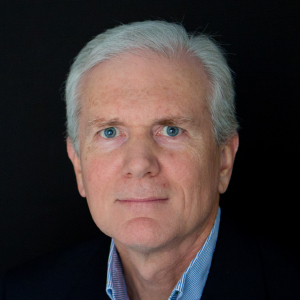Cells within load-bearing soft tissues sense and respond to diverse stimuli, including mechanobiological and immunobiological. Mechanical homeostasis is a ubiquitous process by which certain mechanical quantities are regulated to remain, within a range, near a preferred value, often called a set point. As an example, both flow-induced wall shear stress and pressure-induced intramural stress tend to be mechano-regulated to remain close to region-specific set-points in vascular mechanics.

In some cases, inflammation can support mechanical homeostasis while in other cases it can prevent such homeostasis. In this talk, we will consider two cases wherein it is important to model both the mechanical and the inflammatory signals and responses, illustrated here for blood vessels.
In the first case, we will consider the in vivo development of a tissue engineered neovessel from an implanted polymeric implant. In the second case, we will consider the growth and remodeling of a native artery in a mouse model of induced hypertension. Although inflammation arises for very different reasons in these two cases, we shall see how a consistent constrained mixture model of growth and remodeling can be used to predict the evolving geometry, composition, and wall properties in both cases. Importantly, computational predictions in the tissue engineered case helped lead to US Food and Drug Administration (FDA) approval of a clinical trial of a promising technology for treating congenital heart defects in children, thus showing translational potential of immuno-mechanical computational models of tissue response.
J.D. Humphrey received a Ph.D. in Engineering Science and Mechanics from The Georgia Institute of Technology and completed a post-doctoral fellowship in Medicine – Cardiovascular at the Johns Hopkins University. He is currently John C. Malone Professor of Biomedical Engineering at Yale University. His primary technical interest is in cardiovascular mechanics and mechanobiology, especially cardiovascular development and congenital heart defects as well as vascular aging, hypertension, aneurysms, and tissue engineering.
He has authored a graduate textbook (Cardiovascular Solid Mechanics) and co-authored both an undergraduate textbook (An Introduction to Biomechanics) and a short handbook (Style and Ethics of Communication in Science and Engineering). He has also co-edited a research text (Cardiovascular Soft Tissue Mechanics) and published over 350 archival journal papers. He served for a decade as founding co-editor-in-chief for the international journal Biomechanics and Modeling in Mechanobiology. He also served as a U.S. representative to the World Council for Biomechanics for more than a decade, as Chair of the US National Committee on Biomechanics, and as Technical Program Chair of the 7th World Congress of Biomechanics. He is a Fellow of the American Institute of Medical and Biological Engineering, American Society of Mechanical Engineers, and International Academy of Medical and Biological Engineering and is an elected member of the Connecticut Academy of Science and Engineering.